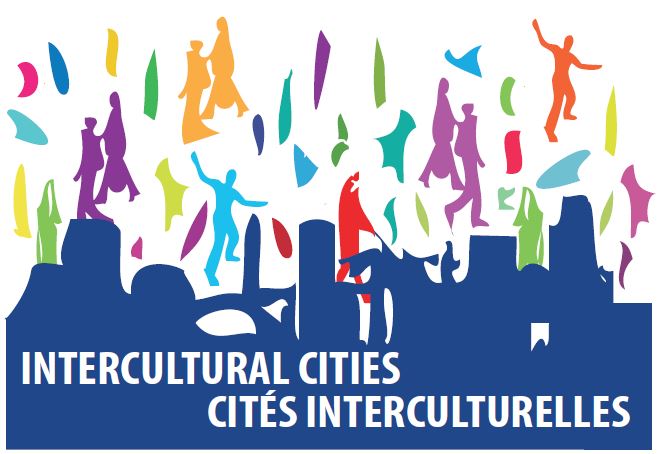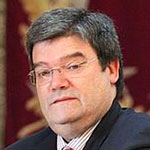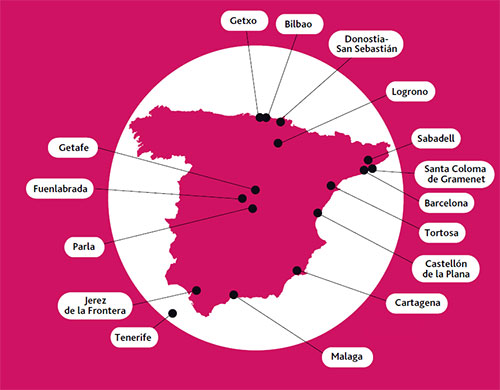Purpose:
This manual aims to provide a specific response to professional teams (educators, teachers, tutors, etc.) who work with young people in order to be able to develop anti-Rumour actions and dynamics autonomously in different work and socialisation spaces. The handbook includes a compilation of tools and exercises to be self-managed by teaching staff and educators of the centres.
Rationale:
Intervention with young people, working in the field of prevention and providing tools to improve relationships, communication and reflection is essential to promote coexistence in diversity and social cohesion. Since we launched the anti-Rumours strategy, many professionals who have been working with young people have been interested in the strategy and have wanted to develop these activities in each of their areas of intervention and have asked us for support and useful and practical working tools to address the issue of prejudices and stereotypes linked to socio-cultural diversity. This area of work, dedicated to the fight against racism and discrimination, is part of the III Bilbao Intercultural City Plan.
In addition, the framework of the Bilbao Anti-Rumour Strategy, young people represent a priority target group of intervention.
Process:
This handbook is the result of a work process developed with educators of youth centres in Bilbao and with different professionals who work on the anti-rumour strategy. It incorporates a series of basic concepts around the strategy and a selection of practical tools and dynamics to be carried out with youngsters.
The activities encompassed in the handbook include some ideas about the phenomenon of the construction and deconstruction of rumours in a relaxed way and with an easy language. In addition, they include spaces for the management of emotions and action. They also include methodologies that can be used without the mediation of a facilitator.
The handbook can be offered to other municipalities and anti-rumour initiatives. It is a flexible, adaptable and living resource that takes into consideration the new concerns, activities and proposals from educators and young people.
The activities included are classified according to the following criteria:
- Depth: classification that serves to understand the level of reflection about ideas (Warm up, Reflection, Deepening)
- Focus: refers to the place from which the activity appealed with each exercise (Reason, Emotion, Action)
- Level: responds to the intended scope from the activity (Single, Collective, Context)
- Skills: competencies that you want to train (Personal and context awareness, Assertive communication and strategies for group pressure management, Sincere listening, Critical thinking, Positive conflict resolution).
The handbook includes an evaluation system that incorporates a general questionnaire for young people and a technical questionnaire for educators and teachers who have implemented the activities with young people.
This handbook is the result of a work process developed with educators from eight youth centres in Bilbao and with other professionals who work on the anti-rumour strategy at local level.
Impact:
The manual has been used mainly in schools by selecting dynamics for implementation with students. Since its publication, 35 schools in the municipality of Bilbao have participated with anti-rumour dynamics that have had an impact on 2,358 school children.
Key reference documents: Anti-rumours toolkit for youngsters







